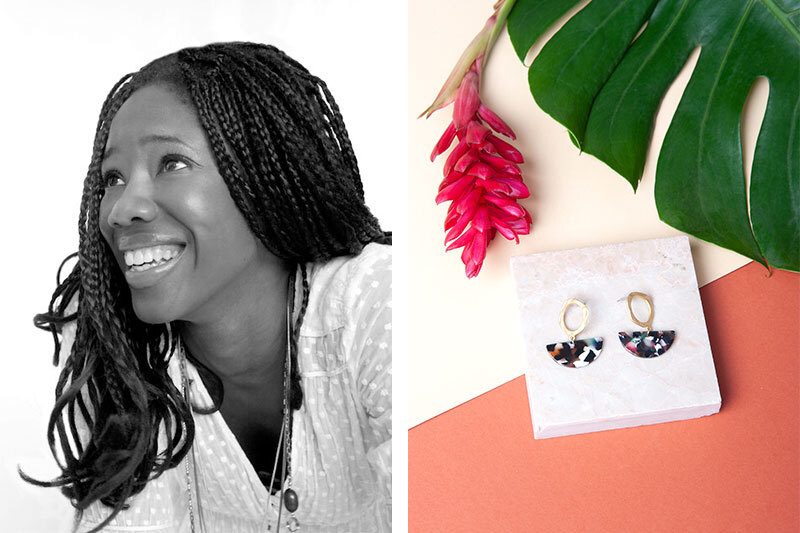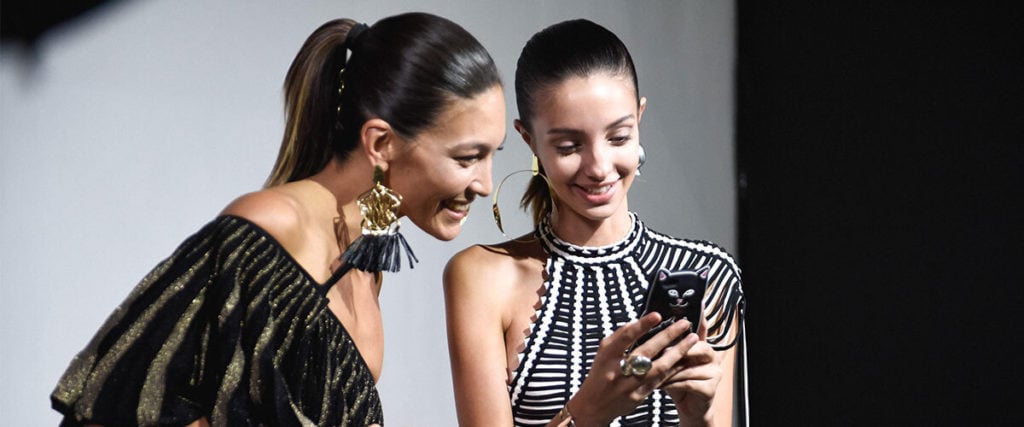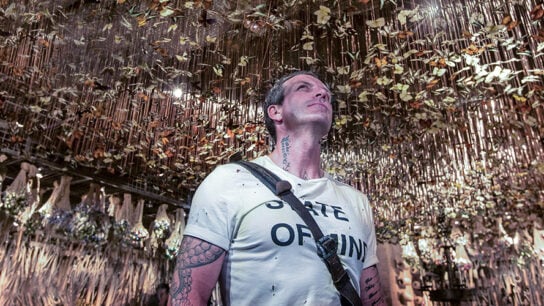Want to take your fashion brand to the next level? These 5 industry tips will help you establish and maintain a strong fashion business in such a competitive field.
With over 15 years working across various sectors of the fashion industry, Singapore-based Anisa Johnny is a pretty seasoned fashion marketing professional – and one worth listening to.
Starting her career in the Buying Department of the Marks & Spencers Head Office, she quickly picked up all the nitty-gritty bits of the world she’d long romanticised, from quality control and procurement to ethics and range planning. Since then, she’s founded her very own ready to wear label, Anisa & Co., showed collections at London Fashion Week off schedule, and consulted as a Product Developer for brands such as Topshop and Graham & Green.
Now a Senior Lecturer in Fashion Marketing and Management at Raffles College of Higher Education in Singapore, Anisa has since turned her focus to mentorship, with a view to bridging the gap between education and the fashion industry. Some of her best students have moved on to such prestigious fashion houses as Prada, Charles & Keith Group, and The Editor’s Market.
Here, she shares her advice on how to be smarter about running a fashion business. If you’re an aspiring designer looking to establish your own label, be sure to take note of these five tips.

1. Start With A Value Proposition, then Spend With Intention and Purpose
“It’s a business at the end of the day, so if you’re a new company with a small budget, you must have a value proposition. This means solving problems for your target customers: Is it clothes they can wear to work? Is it washable for a busy mom? Is it comfortable? Is it the best quality? You need to identify a problem you can solve. Without that, you have no customers.
Once you determine your value proposition, be really aware of all your costs in terms of the ‘boring parts’ of your business, like supply chain. Not understanding where your money is being spent and how you’re getting your return on investment is definitely a pitfall for many.
The flip side of that is trying to put your budget where it is most needed. You have to balance between cost savings versus spending on areas that are really important to your customers. The only way you can do that is to know your customer really well by doing as much research as possible. Spend as much money as you can afford on the visuals and designs because fashion is about seduction, isn’t it? So invest in the visuals.”
2. Make Valuable Connections by Being in the Right Places
“Network as much as possible, because you need your network to get the best quality work or favours, a good example is the team required to create the right brand image. You need a network to connect with the best models that are out there, and it also helps with reducing those costs in terms of sourcing better prices. Fashion people gravitate to the same events. For example, the Hive has its fashion show called Runway. If you go to a fashion show, you’re likely going to meet some other fashion designers, stylists, photographers, influencers, or small fashion business owners as well.
Just being in the right place works wonders, too. Going to non-mainstream bars, restaurants, clubs, and shopping districts means you’re going to find creative people. You also have the internet. Use Instagram to find the right bloggers who follow interesting brands. Even if you don’t personally know those people, if you follow them and comment on their posts, they’ll start to recognise your name and brand. Lastly, I tell my students that they need to volunteer like crazy, whether it’s as a model, helping with marketing, or even being an usher at an event, to get as many contacts as they can.”

3. Have A Clear Understanding of Who Your Customers Are
“In my career, I kind of got taken away from my objective later on, and if I’d been really clear in what I’d pictured for my brand in the beginning, I wouldn’t have just chased success. I was also very naïve about who could afford my collection. When I moved into clothing, I had this picture of a woman she was probably about 25 years old, young, upwardly mobile, she looked really cool. But in reality, my customers were all from all kinds of backgrounds and definitely older than a 25-year-old mythical woman.
My collections were loved by older women and pregnant women because I made these shapes that were easy for women to wear even if they grew or shrunk in size because I was really into changeable clothing at the time. So, be really crystal clear on who your target market is, and really understand them by getting direct feedback before you start on an assumption. Don’t try to do and be everything for everyone.”
4. Use Social Media Strategically to Establish Your Brand Identity
“If you are not shy, show yourself as the founder. Use social media to get your story as a founder out there as it will allow your customers to get behind the veneer of your brand. At the same time, sell aspiration. It’s this clever balance, isn’t it? It’s aspirational, but it also shows more than just the beautiful, shiny parts of fashion, you know, the ‘behind-the-scenes’. Being transparent is so important. It generates really genuine conversations with your followers, and it all boils down to the people you’re trying to communicate with through your brand.
Decide on a platform, whether it’s Facebook, Instagram, Twitter, or TikTok. Do you have the capacity to do more than one? Because you’ve got to understand how much time and effort it takes to create content on your own website and multiple social media platforms. You need to find out which platform your customers are on. Don’t underestimate the amount of time it takes to manage your own content.”

5. Lean into Your Strengths as an SME in the Fashion Industry
“We’re seeing many more direct-to-consumer brands. And these brands are carving out spaces where we see the founder wearing their own products, which means that your customers are finally seeing products on somebody that isn’t an airbrushed supermodel, making it more relatable. It also shows the benefits of wearing your products day-to-day. So, think about who your consumers are, while showing your story as a founder, and weaving the benefits into your narrative as much as possible.
Also, people tend to forget about who their competition really is. Your competitors aren’t just the small businesses that are similar to yours. It’s also the big luxury brands like Gucci and Prada or mass-market brands like Zara and H&M. People don’t just buy one brand, so don’t underestimate what your competition is doing. That’s one of the great things about my time at Marks & Spencers. They really trained me to go out into the field to check out our competitors all the time, so you should do the same.”
Related Articles
Christina Dean: The Woman Leading a Global Movement in Fashion Sustainability
Plus Size Fashion: The Booming Retail Trend HK Is Missing Out On
OliveAnkara: The Vibrant Fashion Label Celebrating Cultural Diversity





